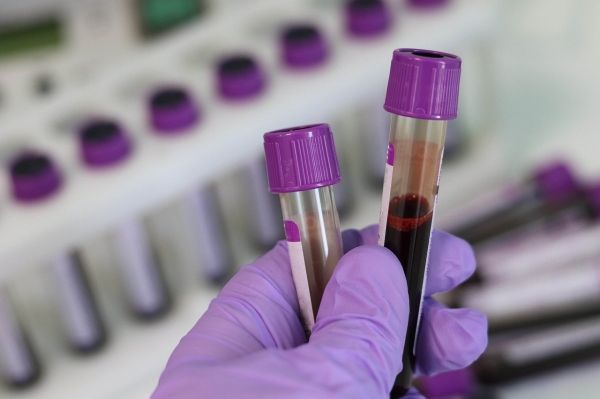A new blood test demonstrated remarkable promise in discriminating between persons with and without Alzheimer’s disease and in persons at known genetic risk may be able to detect the disease as early as 20 years before the onset of cognitive impairment, according to a large international study published today in the Journal of the American Medical Association (JAMA) and simultaneously presented at the Alzheimer’s Association International Conference.
For many years, the diagnosis of Alzheimer’s has been based on the characterization of amyloid plaques and tau tangles in the brain, typically after a person dies. An inexpensive and widely available blood test for the presence of plaques and tangles would have a profound impact on Alzheimer’s research and care. According to the new study, measurements of phospho-tau217 (p-tau217), one of the tau proteins found in tangles, could provide a relatively sensitive and accurate indicator of both plaques and tangles—corresponding to the diagnosis of Alzheimer’s—in living people.
“The p-tau217 blood test has great promise in the diagnosis, early detection, and study of Alzheimer’s,” said Oskar Hansson, MD, PhD, Professor of Clinical Memory Research at Lund University, Sweden, who leads the Swedish BioFINDER Study and senior author on the study who spearheaded the international collaborative effort. “While more work is needed to optimize the assay and test it in other people before it becomes available in the clinic, the blood test might become especially useful to improve the recognition, diagnosis, and care of people in the primary care setting.”
Read more at Lund University
Photo Credit: Belova59 via Pixabay


